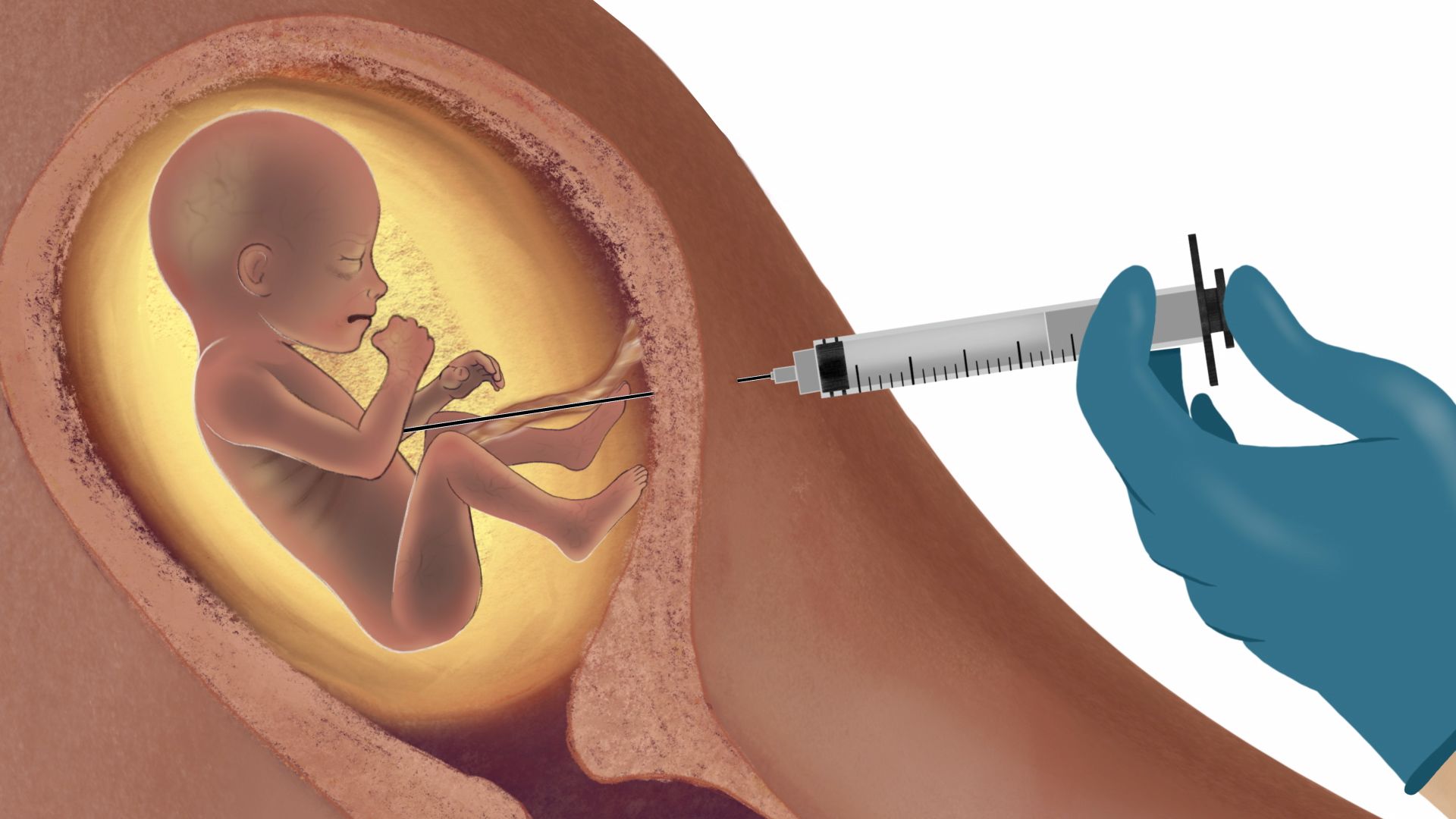When women submit to late-term abortions inside outpatient facilities, they may not know that they are putting themselves at great risk — but the abortion industry knows. And according to a legal expert involved in medical malpractice lawsuits against the abortion industry, it is time to put the industry ‘on notice.’ (Click to read parts one, two, three, and four of this series.)
So what does it mean, legally, to put abortion facilities and their insurers ‘on notice,’ and why should it happen?
How could doing so save the lives of women and babies?
Key Takeaways:
- Intentionally ending a preborn child’s life via abortion is never acceptable, regardless of the location or gestational age at which it is committed.
- Because there is a known ‘standard of care’ for committing late-term induction abortions — which requires them to be done in hospitals or hospital-like settings due to the risks to women — the abortion industry and those associated with it can be put ‘on notice’ (warned publicly) that it could be liable if injuries occur when committed outside this ‘standard of care.’
- One medical malpractice attorney with experience in holding the abortion industry accountable for harming women believes putting it ‘on notice’ could save the lives of preborn children and their mothers.
The Details:
Malpractice attorney Mike Seibel has helped clients to bring lawsuits against the abortion industry, including one involving the death of a woman as a result of an abortion.
Putting the industry ‘on notice’
Seibel suggests that because abortion insiders, insurance companies, and abortion organizations acknowledge that the ‘standard of care’ for late-term induction abortions is for them to be committed only in hospitals or hospital-like facilities, pro-life organizations should begin the process of putting Big Abortion, government agencies, and insurance companies ‘on notice’ of this egregious neglect.
This means that those entities should be warned — in this case, warned of the potential for lawsuits, should harm come to women when the abortion industry operates outside the ‘standard of care,’ putting women in unreasonably dangerous conditions.
“I’ve got hours of testimony” from abortionists all over the country “saying [hospitals for late-term induction abortions are] the proper ‘standard of care,'” said Seibel, explaining that abortion facilities offering induction abortions outside hospitals or hospital-like settings are “violating the ‘standard of care’ so much so that the insurance companies should not be paying for those procedures. Otherwise the insurance companies are an accessory to this case.”
It is important to note, however, that regardless of where or at what gestational age a preborn child is intentionally killed, it is wrong; committing an intentional killing by abortion in a hospital may make it safer for the woman, but it is still an illegitimate act that deliberately ends a human being’s life. It is never ‘safe’ for the child who is killed.
McDonald’s and its Hot Coffee
Seibel explained to Live Action News that one of the best examples of a corporation being put ‘on notice’ for creating unreasonably dangerous conditions is that of the case against McDonald’s for knowingly keeping its coffee heated to temperatures with the potential to cause serious injury.
Texas Trial Lawyers Association (TTLA) reported:
Stella Liebeck, 79 years old, was sitting in the passenger seat of her grandson’s car having purchased a cup of McDonald’s coffee. After the car stopped, she tried to hold the cup securely between her knees while removing the lid. However, the cup tipped over, pouring scalding hot coffee onto her. She received third-degree burns over 16 percent of her body, necessitating hospitalization for eight days, whirlpool treatment for debridement of her wounds, skin grafting, scarring, and disability for more than two years.
“McDonald’s admitted that it ha[d] known about the risk of serious burns… for more than 10 years,” the legal association wrote, because “the Shriner’s Burn Institute in Cincinnati had published warnings to the franchise food industry that its members were unnecessarily causing serious scald burns by serving beverages above 130 degrees Fahrenheit” (emphasis added).
Those warnings put the franchise food industry ‘on notice’ after some injuries occurred. However, some — like McDonald’s — failed to make changes despite a decade of hundreds of injuries, despite the published warnings.
Punitive damages
Seibel likened this situation to the one regarding abortion injuries. He said that “[t]he public can send notices to healthcare professionals, insurance companies, the abortion facilities, and state government agencies informing them” that committing induction abortions outside hospital settings is outside the ‘standard of care.’
He added that the notices of unreasonably dangerous conditions should then be published for future litigants to find.
Seibel suggested pro-lifers “send letters saying that this violates the ‘standard of care’ and they need to cease and desist doing late-term abortion — and publicize this to the general public.”
He said it’s important to do so because “when an attorney starts to do a late-term abortion case, he’s going to Google this stuff and that’s when he will see this press release warning the public [the abortion industry was] violating the ‘standard of care.’ And that’s going to give him the punitive damages, because you can’t do a procedure you know[] violate[s] the ‘standard of care.'”
He suggested the same letter should be sent to the Medicaid and Medicare departments of the state as well as the insurance companies which provide the state contracts.
“If notices were sent warning the abortion industry of the extreme dangers of late-term abortions outside the hospital, and Big Abortion continued to perform those procedures in an outpatient facility, that could form the basis of a large punitive damage award, such as the $2.8 million awarded in the previously mentioned McDonald’s case,” Seibel said.
The Backstory:
In an interview with Men for Life’s Sean Corcoran, Seibel explained that while “late-term abortion is… about 1.8 percent [of all abortions],” unreasonably dangerous conditions that persist in outpatient abortion clinics around the United States — which continue to commit these gruesome procedures — should not be ignored.
Seibel pointed out that there are several abortion businesses willing to commit abortions very late in pregnancy outside hospital settings.
“Curtis Boyd, who was doing them up to the date of birth until 2022,” he claimed. “Warren Hern just retired this year in 2025. You have the Valley Abortion Group (VAG)… out here in Albuquerque, New Mexico, which will go up to 32 weeks. You have Alamo, which will go up to 32 weeks… now in Albuquerque, New Mexico…. Horvath will do that out there in College Park, Maryland… and Santangelo and the DuPont Center will do it in Washington, D.C.”
“There’s a couple that will go up to 28, 29 weeks but not to the date of birth…” he stated.
“The problem is, above 25 weeks, even Curtis Boyd, the worst abortionist in the entire world, the biggest killer, will tell you each week you go up, you go past 18 weeks, is more risky than going through a [live birth] delivery. He puts that in his consent forms,” Seibel stated. “And each week you go, the higher the risk of death, the higher the risk of problems. They still do it anyway, just in these outpatient clinics.”
Seibel described how he ultimately prevailed in causing Boyd to end his abortion practice. “We said, look, if its late-term [abortion] you have to have a 24-hour monitoring program, it has to be in a hospital or hospital-like setting, you have to monitor these girls all the time, and if you don’t, it’s — per se — malpractice.”
“Because they created unreasonably dangerous conditions for women,” he told Live Action News.
Seibel explained that typically, hospitals only commit abortions “for fetal anomalies,” adding, “The Ryan Residency Program, which is the biggest training program in the country for abortionists, has made it extremely clear that [they] will only do them in hospitals… for fetal anomalies… under Medicaid… because the risk to the woman is so high.”
And yet, Seibel added, “Some of those anomalies… are cleft palate and club feet” — conditions which are correctable and not life-limiting.
Why It Matters:
While inductions are a small percentage of later abortions, it appears that more outpatient abortion facilities are offering them.
But, as Seibel pointed out, late-term abortions in New Mexico dropped substantially after he sued Curtis Boyd for breaching the ‘standard of care’ in the Keisha Atkins case. Seibel believes this could reverberate throughout the entire country; once the industry and its insurers are made aware of the violations of the ‘standard of care,’ “outpatient abortion clinics may no longer receive reimbursements from any Medicaid or insurance subsidy,” Seibel claimed.
In addition, he suggested that abortion clients might then have to rely on hospitals for later abortion procedures — facilities which generally prohibit late-term elective abortions and which cost significantly more than outpatient facilities.
Seibel believes this could “price people out of the market for an abortion” and potentially save that child’s life.
“Once you put it into hospitals, you have the Joint Commission Standards which are very tough on abortionists. Because they require testing for pulmonary embolism and a variety of other things, and they also have to go through the sepsis protocols,” Seibel said. “So, you’re going to save more women, number one, but it’s going to become so much more expensive… and they are going to do fewer. [In addition], they are not going to do an elective abortion in a hospital because it poses too much risk to the patient.”
Follow Live Action News on Facebook and Instagram for more pro-life news.







